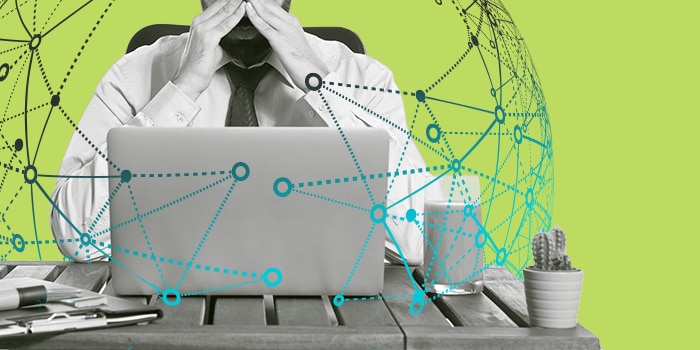The process of getting approval for a new medicine is long and burdensome and for many patients. Most don’t have the luxury of time on their hands. They want a cure now to increase their quality of life and/or prolong their life.
There are several examples of innovations from patients and relatives for finding cures and improving quality of life. One movement stands out when it comes to community-based healthcare and hacking of devices.
#WeAreNotWaiting
For parents of diabetic children, it’s a 24/7 job to keep their children alive by calculating the right dosage of insulin along with a constant focus on trying to improve their quality of life. I watched
this Ted Talk from Edward Damiano—the parent of a diabetic child and founder of
Beta Bionics—and realized what serious challenges face many parents.
#WeAreNotWaiting is a movement in the diabetes community consisting of people who are taking matters into their own hands. They’re developing open-source platforms, apps, and cloud-based solutions, using reverse-engineering on existing products to help people with diabetes and their relatives to better use devices and health data for improved outcomes.
Putting Pressure on Commercial Companies
The diabetic community encourages patients to be impatient and to put pressure on the commercial medical world to move faster to innovate with the goal of one day finding a cure.
The diabetic community has demonstrated how they’ve been able to make significant medical advances compared to the commercial medical world:
- Monitoring glucose values remotely. The Nightscout Foundation (aka CGM in the Cloud) was created by a group of parents who needed tools that were not already available to better manage the blood sugar of their T1 children.
- By identifying an existing technology provided by Dexcom CGM, Nightscout devised a way to make the glucose information available to parents of Type 1 diabetics at a distance from their T1 child.
- An IoT sensor with a built-in alarm system warns about too low or high blood sugars day and night.
- This helps improve the lives of diabetics and parents of diabetics by enabling parents of diabetic children to sleep without needing to set their alarm clocks to wake up several times during the night.
- Smart devices. Mobile devices and smart watches can show CGM (Continuous Glucose Monitoring) data.
- This device helps diabetics by continuously measuring glucose and enables them able to check glucose values very discretely, simply by looking at the watch or device.
- On Github, you can find full documentation on how to set up your own experimental app template for building an automated insulin delivery system.
- One of the challenges diabetics face is calculating the right dosage of insulin in their everyday lives. A 2014 study by Stanford University in California, which was published in Diabetes Care, found people living with Type 1 diabetes make an extra 180 decisions every day on average to stay healthy. Looping takes away some of the decisions and worries.
Future Tech to Improve Lives of Diabetics Worldwide
As I mentioned earlier, the process of getting new drugs approved is long with procedures and regulations to follow. The commercial medical world doesn’t live with the same personal challenges as the community I talked about and therefore aren’t always as creative and innovative as community-based groups. The positive news is medical companies are catching up and working on solutions like the ones above. Since the Nightscout Foundation started making alarms on the IoT devices, Dexcom has released a newer version of their device with their own alarm with an option to share the information with other mobile devices.
Hopefully, there will soon be a cure for diabetes and the list below will no longer be relevant. For now, the future tech solutions improving life quality are:
- The Artificial Pancreas: a tech solution closely mimicking the glucose regulating function of a healthy pancreas. This consists of continuous glucose monitoring, an insulin pump, and glucose to continuously stabilize the glucose values in the blood. There are several players in this market.
- AI: artificial intelligence will be a big game-changer.
- Algorithms to understand patterns and taking decisions for the diabetic.
- Helping diagnose diabetes and diabetes-related illness.
- Personalized healthcare and lifestyle recommendations.
The diabetic community is an amazing story of creativeness and innovation. I’m full of admiration for the many volunteers who work on improving the lives of their loved ones.
In my next post, I’ll touch on the security concerns about wearable IoT devices.







